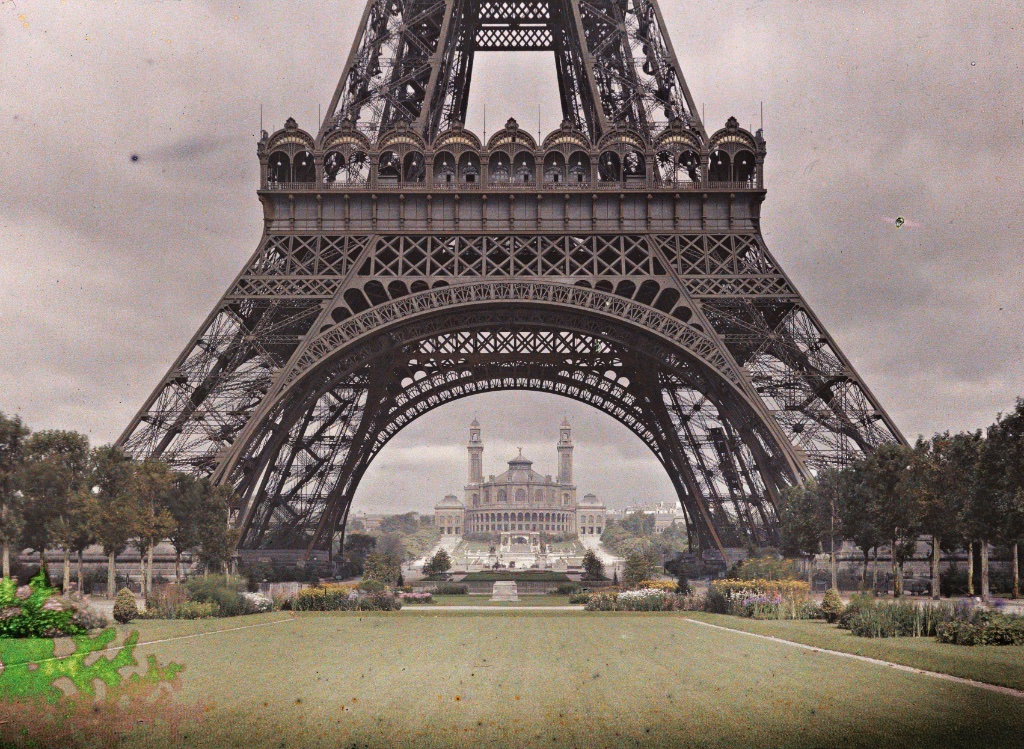
Albert Kahn (1860-1940) was a rich man on a mission: he wanted to capture cultures around the world in photographs and on film for his “Archives of the Planet.” To that end, he sent agents traveling to 50 countries to make precious images (some of them among the earliest color photos, called autochromes) that constitute a time capsule of both everyday life and extraordinary people and places of the time.
A few weeks ago, the Hauts-de-Seine department, which runs the Albert Kahn Museum in Boulogne-Billancourt, just outside of Paris, home of this extraordinary archive and seven gardens known as the “Gardens of the World,” opened a striking new building to house the collection and temporary exhibitions.
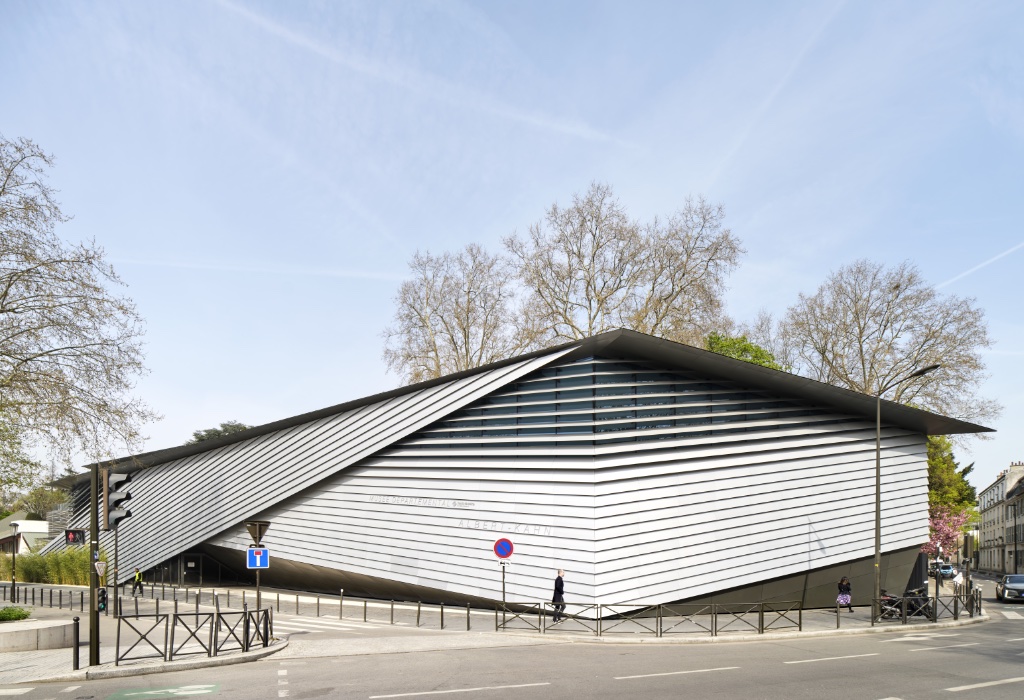
On the street side, this remarkable 2,300-square-meter building, designed by Kengo Kuma, presents slatted aluminum walls that form dramatic angles and fold over each other, screening out the sun from the interior in the daytime while allowing passersby to see inside. At night, the lit-up building glows like a Japanese lantern.
Kuma’s concept is based on the idea of engawa, a sort of veranda on a traditional Japanese house that provides an interim space between indoors and outdoors. The new museum, although closed off to the street, opens up to the outdoors on the garden side through large windows, bringing light and color into the airy spaces of the interior and creating a peaceful ambiance.
The ramps leading from the street to the interior zigzag in the Japanese fashion, a ploy originally meant to keep evil spirits out, offering visitors a gradual transition from the noisy bustle of the urban world on one side to the quieter natural world of the gardens on the other.
The Zen feeling continues in the interior with oak and aluminum screens referencing Japanese sudare, made of horizontal slats, breaking up the spaces and filtering the light. No matter where you are in the building, the “Gardens of the World” are visible through the windows.
Those gardens, along with the archive, are the other great treasure of this unique place. Kahn, a banker with a philanthropic bent and a promoter of world peace, created them on his Boulogne-Billancourt property, which he lost when he went bankrupt after the crash of 1929. The seven gardens became a public park, where he would sometimes take a stroll. His collection of images was acquired by the department, but the museum wasn’t created until 1986.
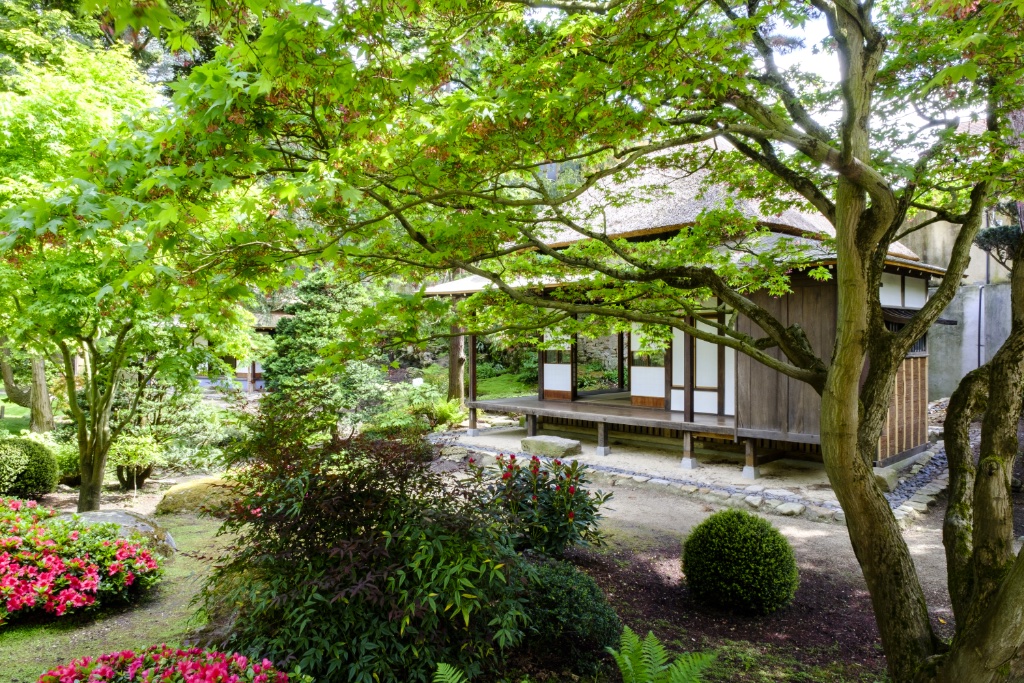
Each of the seven gardens has its own identity. There are two Japanese gardens, reflecting Kahn’s special interest in the country, one a “village” with a few buildings and one with a contemporary design. Visitors can wander up and down their hills, admiring the viewpoints, the stream, the carp-filled pond and the wonderful rock arrangements. The Japanese gardens are perhaps the most fascinating, but the others are not to be missed: one inspired by the forest of the Vosges Mountains, an English garden, a strict French garden with roses and espaliered fruit trees, a “golden forest” of birch trees, and a “blue” forest of cedars and pines. In the gardens, you’ll also find a beautiful white greenhouse and other outbuildings.
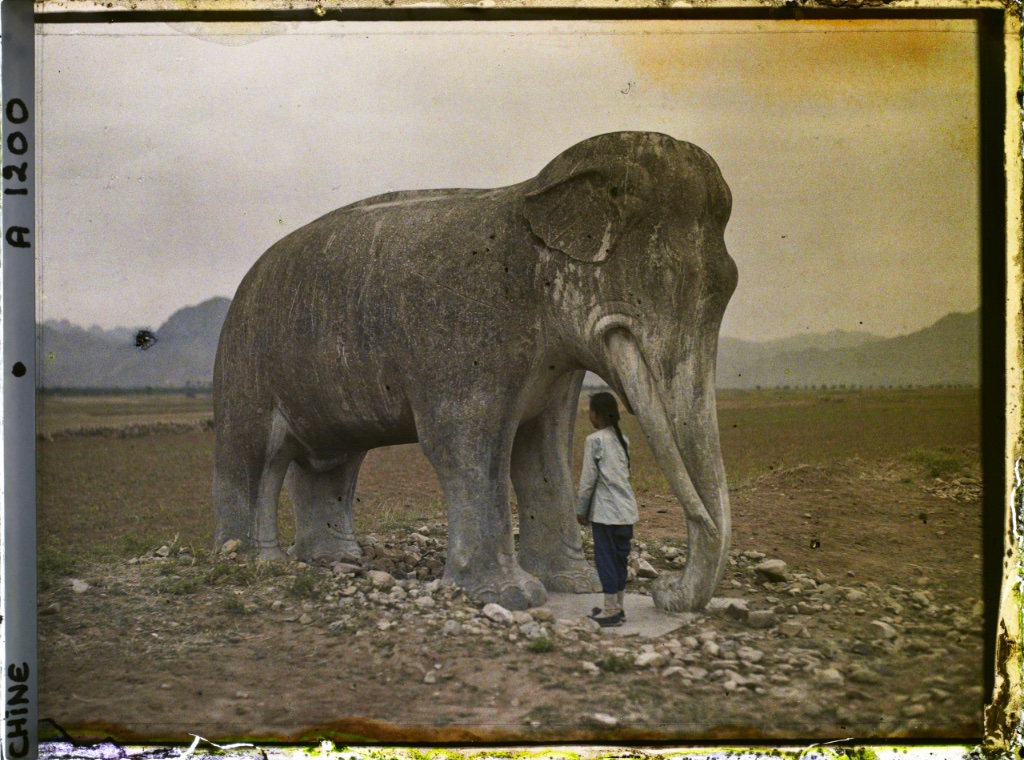
The museum’s inaugural show, “Autour du Monde: La Traversée des Images, d’Albert Kahn à Curiosity” (through November 13), takes place in the exhibition spaces, the only part of the museum that is not filled with light, to accommodate the beautifully presented films and digital presentations. The show begins at the beginning of the Archives of the Planet project, following Kahn on a trip around the world in 1908-09 through North America, Japan, China and Southeast Asia. On display are the photos and films taken by his mechanic and driver, Albert Dutertre, who compiled a travel journal from them.
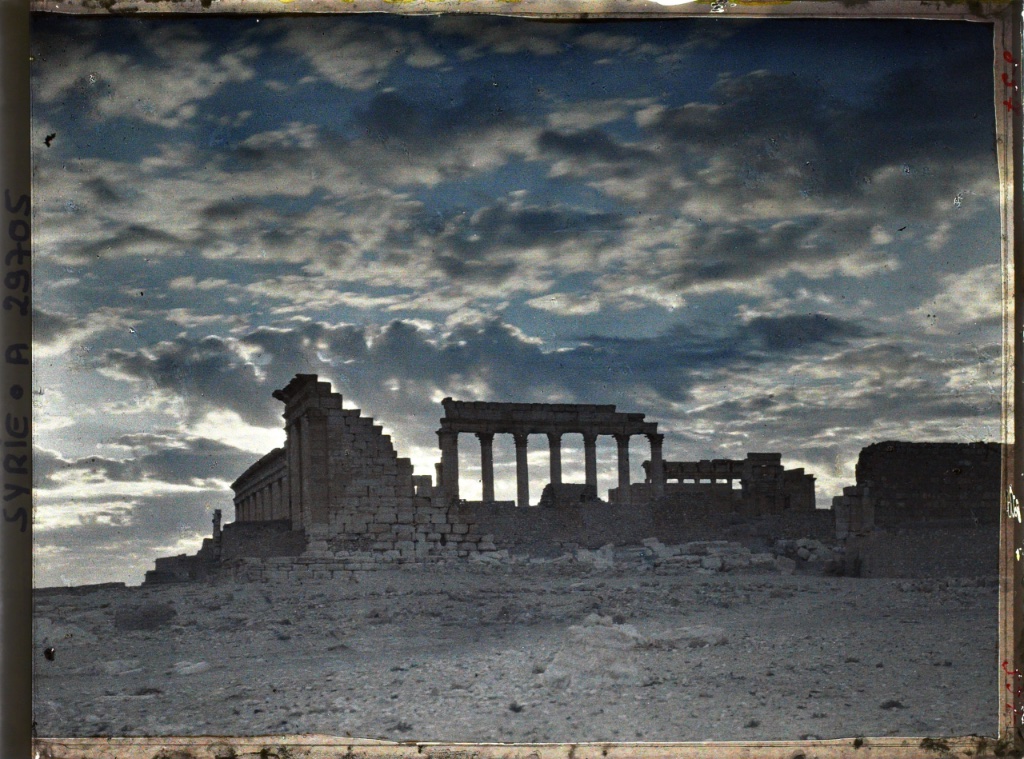
As Kahn said to the agents he later sent out to see the world for him, “I ask only one thing of you: keep your eyes wide open.” Keep that in mind when you visit this handsome new museum and its exceptional gardens.
Note: Try to visit during the week to avoid the inevitable weekend crowds when the weather is good.
Favorite
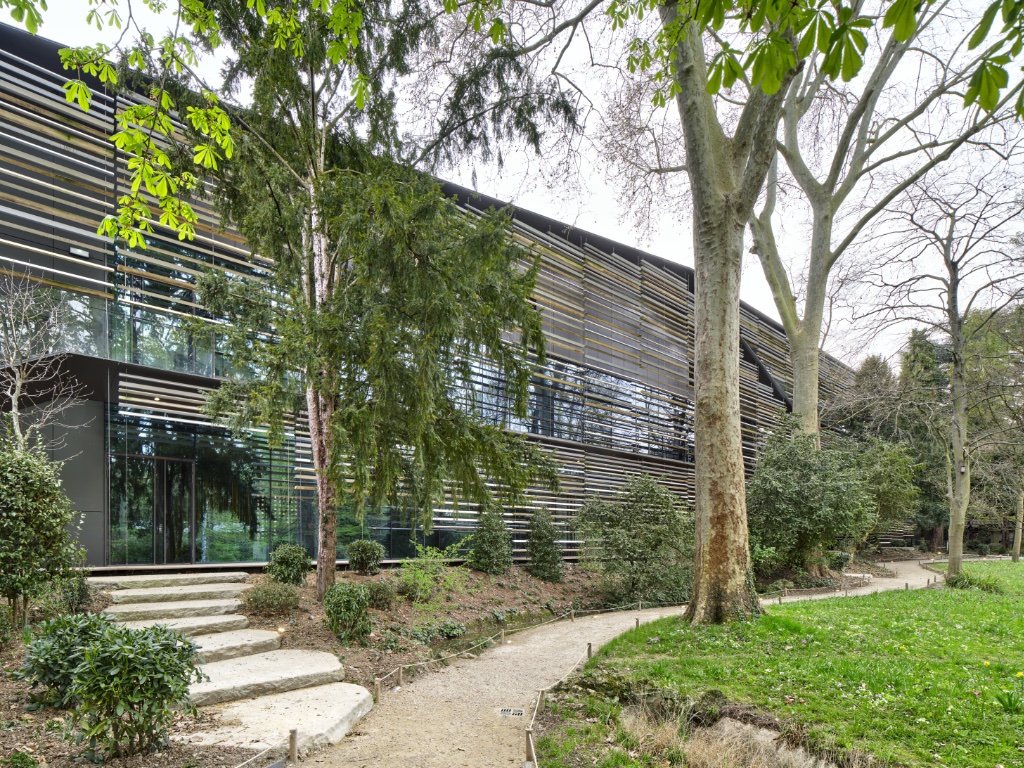
Museum sounds fabulous. Eager to see it one day.
Definitely worth it!